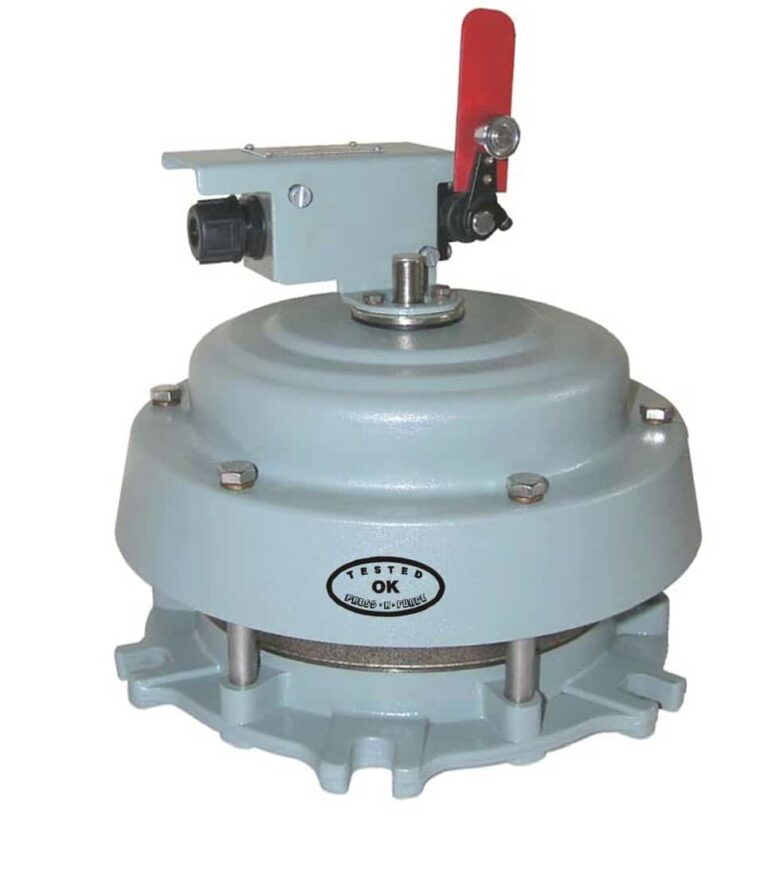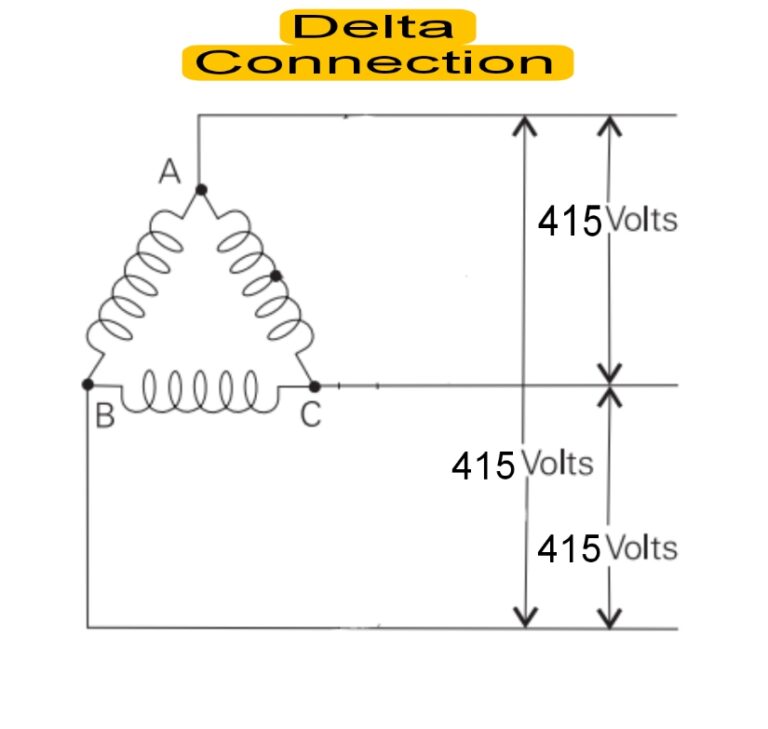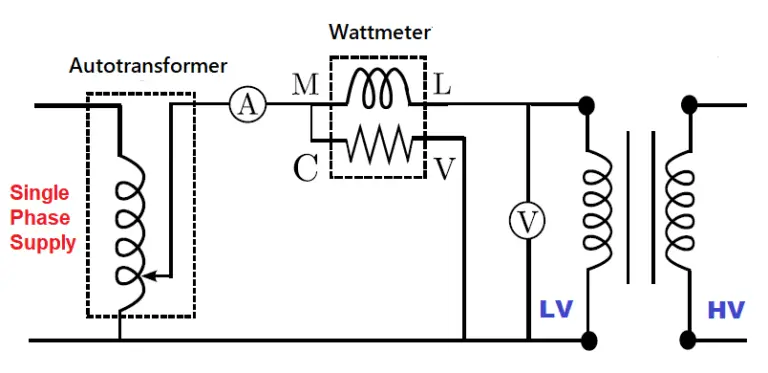
PRV In Transformer –Construction and Working
In this article, we will explore what is PRV In Transformer their Construction, and their working principle.

In this article, we will explore what is PRV In Transformer their Construction, and their working principle.
SF6 circuit breaker uses sulfur hexafluoride gas as an arc quenching medium. SF6 gas is used because it has high dielectric strength which acts as a good arc-quenching medium. SF6 is an electro-negative gas and has a high capacity to…

The star and delta connections are two common types of connections used in the winding of three-phase motor. For star connection or delta connection of winding, six wires or leads of the motor winding must be accessible. 3-phase motors are…
Transformer oil testing is a crucial part of transformer maintenance, as the oil serves as electrical insulation between the winding and tank and acts as a cooling agent. Over time, the oil can become contaminated, which can degrade its insulating…
The vector group of transformer shows the phase difference between the primary and secondary sides of the transformer. There are different ways in which transformer high voltage and low voltage winding is connected. Based on HV and LV winding connections,…
This bridge was first introduced by Wheatstone for measuring the value of unknown resistance. Wheatstone bridge circuit consists of four resistors, two with known resistances P & Q and one known variable resistance R, and one unknown resistor X whose value…
Consider an AC voltage of magnitude “V” having frequency “f” is applied to the primary side of the transformer. ac flux Φm is set up in the transformer core, this flux links with the both primary and secondary winding of the transformer.…

Mainly two tests are carried out on the electrical transformer which are the open circuit test and short circuit test of the transformer also known as the SC and OC tests. Key takeaways: The purpose of these tests is to…
What is harmonics in power system? A power system harmonic is defined as a component of a periodic wave having a frequency that is an integral multiple of the fundamental power line frequency of 60 Hz. distortion in electrical current and…
Electrical Insulators are used in an overhead line to provide insulation to power conductor from ground and tower or supporting structure. Generally, insulators are connected to cross arm of supporting structure and power conductor pass through the clamp of the insulator. In this…